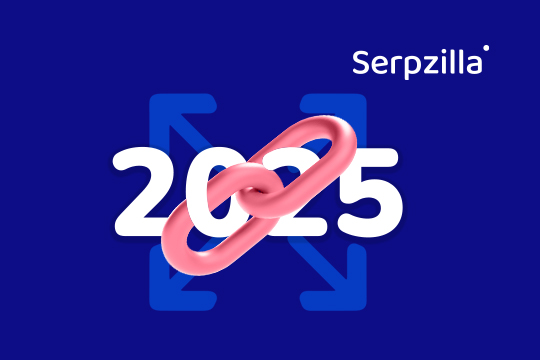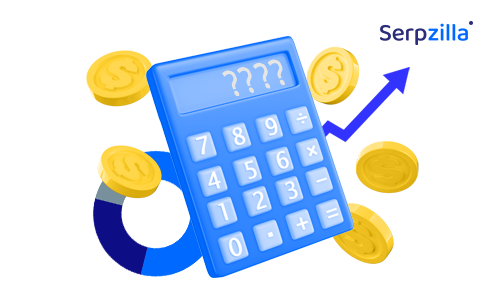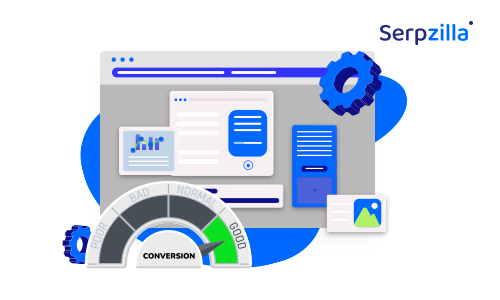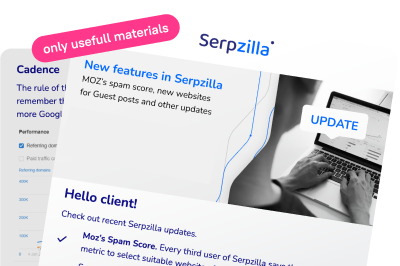What is anchor text?
This sounds like SEO 101, but even if we are SEO pros, it is necessary to understand and revisit the basics once in a while. Even Google changes its guidelines on fundamentals every now and then.
OK, so what is anchor text, anyway?
It’s the text that you use in a link. Anchor text makes the link clickable and visible. It can be a combination of letters, numerals and symbols or even images.
Let’s take a look at the different types of anchor text.
Exact Match Anchors
The main, juicy type of anchor text is exact match. It’s the big daddy of all anchor text types and means exactly what it says – the most apt keyword for the product or service that your page describes. Or the keyword which is a 100% match for whatever you’re selling. Usually, this is the same as the title of the page which is being linked to.
Taking the example of Serpzilla, “link building marketplace” would be our exact match keyword.
Partial Match Anchors
Partial match anchor text involves using keywords that vary a little from the exact match version. When you add/remove a word, or make small alterations to match the surrounding text of the page that is linking out or reflect the essence of the page you want to link to, you have a partial match keyword.
If “link building marketplace” is the exact match keyword for our home page, then the following could be partial match variations:
- best link building marketplace
- a link building marketplace
- link building marketplaces
Exact match keywords are hard to promote because they stick out by themselves. This is because they have a very high search volume and high difficulty. Partial match keywords are not as hard but using them as anchor text still passes on significant relevance and context to the destination URL of the link.
Branded Anchors
As the name suggests, when you use branded keywords in the anchor text, it becomes a branded anchor. It is simply the name of the brand or a word associated unequivocally with the brand. In our case, this is “Serpzilla.”
Naked URLs
When the URL of the backlink is used as the anchor text, it is called a naked link or naked URL. A simple example is https://serpzilla.com/blog/.
That’s it. Nothing more to see there.
Generic Anchors
There are times when you can’t figure out (or don’t want to add) the ideal combination of words for the anchor text. It might depend on the flow of your text or the space available. So you resort to phrases like “Click here,” “Buy Now” or “Read more.” All of these can be categorized as generic anchor text.
Generic anchors are useful when you’re buying links in bulk or through an automated system. When you can’t manually check out each and every page, and choose the best anchor text, your best bet is to use generic anchors.
Image Anchors
A link doesn’t always have to be text. It can be an image too. I’m sure you’ve come across lots of clickable images that take you to another page when clicked. It could be a picture or a button, and the button could have a CTA such as “Get in Touch” or “Add to Cart.”
Factors That Influence Anchor Text Creation
So far we’ve discussed what anchor texts are. Now it is time to answer the main question – how to create or choose the right anchor text? What things do you need to bear in mind while creating or choosing anchors?
Before You Decide the Anchor Text for Your Pages
The pre-requisite here or Step 0 is to identify and list the pages you want to promote. If you have a very small website or very few landing pages, then this is a very easy, five-minute job.
But if you have a large site with lots of categories and subcategories, many blog posts and archived pates, you obviously shouldn’t be building links to all of them. You need to prioritize your most profitable and valuable pages. For this, it is imperative to have a great structure and direct the flow of visitors from high-traffic pages to your landing pages or “money” pages.
Analyzing Competitors’ Anchor Text
And now for Step 1: Analyze the text, types and distribution of the anchors that your competitors are using an SEO tool like Semrush or Ahrefs.
Ahrefs has a specialized Anchors report that can tell you specifically which anchor text is used how many times and give a breakdown of the different types of anchors that make up your or your competitor’s backlink profile.
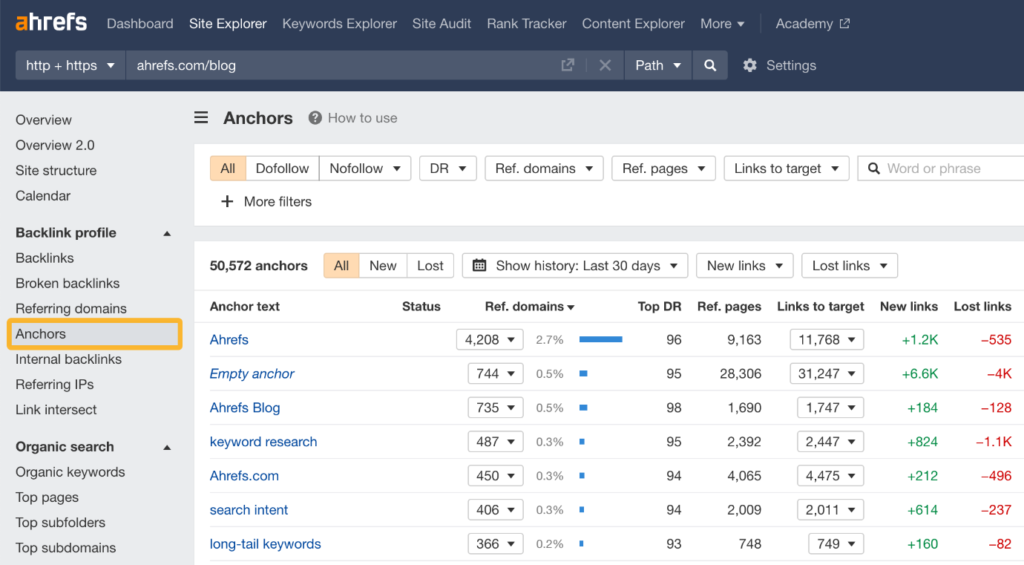
When analyzing the anchors used by your competitors the most important thing you need to look at is the ratio of the different types of anchor text in use.
In some niches, brand keywords dominate (such as iPhone 14) but you’ll also see some kind of ratio between exact match, partial match, branded and non-branded. This ratio varies for every niche but you can rest assured that NO website will have 90% of its anchor text matching just one keyword. It doesn’t happen naturally.
Google monitors these patterns and determines the ideal anchor text ratio in organic conditions for every niche. This helps its algorithm find out if any site is gaming the system by building too many links with exact match anchors. Your job is to figure out this average for your industry and stay as close to it as possible, so that you continue to have a natural backlink profile.
Again, you don’t need to exactly match your competitors and repeat their links one by one. Remember, you don’t want to take their place, you want to be better than them, you want to rank above them.
So, there are some additional things that you need to do.
Length of Anchor Text
Be sparing and moderate with the length of your anchor texts. There are no rules or limits for the length. The only rule is keep it natural. Make it readable and clickable. It shouldn’t be too long or too short; people should be able to see the link but not be bothered by a big block of underlined and differently colored text. In that case, Google would see it as an anomaly.
As a general rule of thumb, you can have 3 or 4-word long anchor texts. In rare cases, you can use a whole sentence (if it’s a short sentence) to make a point. It all depends on the topic and tone of your content.
Contextual Relevance
Another point to bear in mind is page relevance. When you get a random link from a random page with a random anchor text, Google considers it totally unnatural. You need to make your links as contextual and relevant as possible.
The anchor text should match the content of the page to which the link leads. It’s a good practice to craft the anchor text in a way that the closest variation of the phrase is also used on the destination page, preferably in the title or H1 headings.
For example, our primary anchor is link building marketplace. But the sentence in the source page might read “There are very few link building marketplaces with a vast database of options in every niche.” So we need to use a plural form to make it grammatically correct. If we don’t do that, Google will consider the content to be below-par as well as flag the link as unnatural.
So make sure that the readability and grammar of the page where you’re getting your links from is up to scratch. Google can easily detect anomalies in anchor text.
Boost your SEO results! Link building has become fast and easy with Serpzilla. Buy quality backlinks on authority websites with high DR.
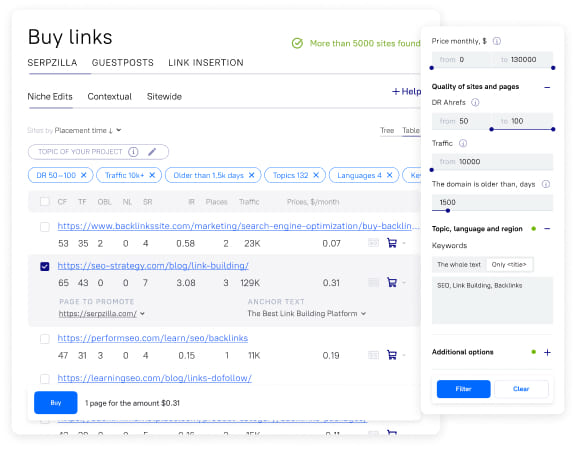
Scaling Your Approach
OK, you’ve chosen your pages, done your research, analyzed your competition, and extracted a list of anchors from their website. Now you need to go ahead and build a ton of links for each of those anchors.
This is where Serpzilla can be of great help. Our system allows you to not only build as many links as your budget permits, but also use as many different anchor text as you want to target all your keywords. You can create an anchor list as per the ratio of anchor text you’ve finalized and upload this list into the system. It will pick the best anchor text for you according to the target websites.
This is truly a great timesaver if you’re going to buy a lot of backlinks over an extended period of time, which of course you should be doing in any case!





